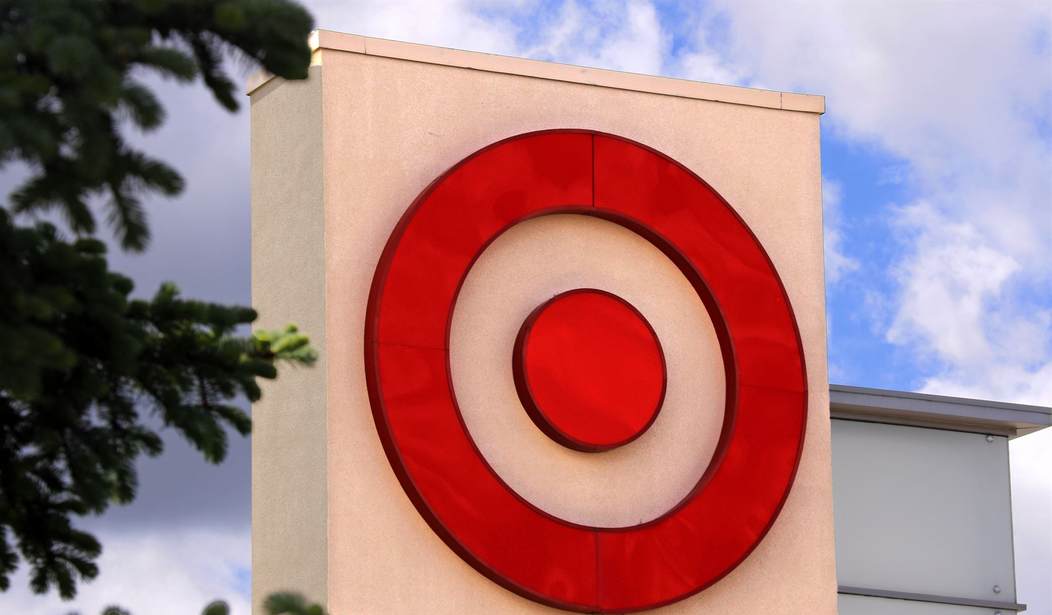Today’s retail sales numbers from the Commerce Department looked good — nominally, anyway. Once their numbers got adjusted for inflation, it looked more like Americans have begun pulling back on their consumption. The New York Times took a pessimistic view of the July retail sales report, noting that it was “virtually unchanged” from June after accounting for inflation:
U.S. retail sales were virtually unchanged in July, slowed by the falling price of gasoline, the Commerce Department said Wednesday. That followed a revised 0.8 percent rise in June, which was driven in part by accelerating prices at the gas pump.
Excluding the sale of gas and cars, retail sales rose 0.7 percent last month, more than economists had expected.
The mixed results were also reflected in a widely varied batch of earnings reports by major retailers this week, as the companies wrestle with the effects that high inflation is having on consumer spending.
The retail sales data, which does not adjust for price increases, showed that spending in nine of the 13 categories went up last month. Spending at gas stations fell 1.8 percent in July, after a 2.5 percent rise in June, as prices at the pump steadily dropped as a result of decreased demand and falling oil prices. Spending on cars, clothing and goods at department stores also fell in July.
CNBC’s Jeff Cox also took a glass-half-empty perspective on retail sales. It’s not a contraction, at least not yet, but it’s a stall:
Retail activity was flat in July as falling fuel prices held back gas station sales and consumers turned more heavily to online shopping, the Census Bureau reported Wednesday.
While advance retail sales were unchanged, total receipts excluding autos rose 0.4%. Economists surveyed by Dow Jones had been looking for a 0.1% increase in the top-line number and a flat total ex-autos. June’s gain was revised down to 0.8% from 1%.
Retail and food sales excluding gasoline and autos rose 0.7% from a month ago.
The numbers are adjusted seasonally but not for inflation, and come during a month when the consumer price index also was flat.
A tumble in fuel prices off their record nominal highs pushed down sales at the pump, with gas station receipts off 1.8%. Motor vehicle and parts dealers sales also fell sharply, declining 1.6%.
This prompted a short and friendly debate with my friend Joe Wiesenthal on Twitter, which he won on points. This is not a recession-level result, as some argued and I suggested might be possible, but real retail sales aren’t exactly burning up the markets either. For an economy as heavily reliant on consumer spending on both goods and services as ours, the flattening of demand is not a great sign of where this is heading.
It’s not a recession yet and levels of spending are “steady,” as the WSJ reports, but lower- and middle-income households are starting to make tough decisions about where their declining buying power gets deployed, and on what. That also portends further erosion in retail sales, and maybe not in a distant future:
Companies, meanwhile, say consumers are continuing to spend, although they remain mindful about rising prices. Walmart Inc. reported Tuesday that higher prices have led shoppers to hold back on some purchases, giving priority to lower-margin food items. Best Buy Co. last week said it is cutting jobs to lower costs, due in part to consumers shifting spending as a result of high levels of inflation.
Target Corp. said Wednesday its profit last quarter fell further than the retailer anticipated as it worked to unload excess inventory. The company cited a swift reversal of buying behavior, with shoppers cutting spending on discretionary items as inflation pressured their spending and product shipments arrived late.
“They still have spending power, but they’re increasingly feeling the impact of inflation,” Target executive Christina Hennington told analysts. “While the recent reduction in prices at the gas pump have been encouraging, guest confidence in their personal finances continues to wane.”
That has had a big impact on Target’s earnings and profits:
Target on Wednesday said its quarterly profit fell nearly 90% from a year ago, as the retailer followed through on its warning that steep markdowns on unwanted merchandise would weigh on its bottom line.
The big-box retailer missed Wall Street’s expectations by a wide margin, even after the company itself lowered guidance twice.
Yet the company reiterated its full-year forecast, saying it is now positioned for a rebound. It said it expects full-year revenue growth in the low to mid single digits. Target also said its operating margin rate will be in a range around 6% in the second half of the year. That would represent a jump from its operating margin rate of 1.2% in the fiscal second quarter.
Target’s quarterly profit was likely inflated in 2021Q2 thanks to the stimulus payments that went out in January and March/April of that year, so that drop isn’t necessarily as concerning to anyone other than Target shareholders. However, it’s also not going in a good direction and may indicate that consumers are focusing their buying power strictly on heavily discounted items, which speaks to consumer confidence.
So what should we expect when consumer confidence wanes, their product selection turns to the more heavily discounted and generic-label options, while gasoline demand falls at the same time? It may not be a recession yet, but we may be fully into stagflation, at least. And that means you-know-what may be coming soon.







Join the conversation as a VIP Member